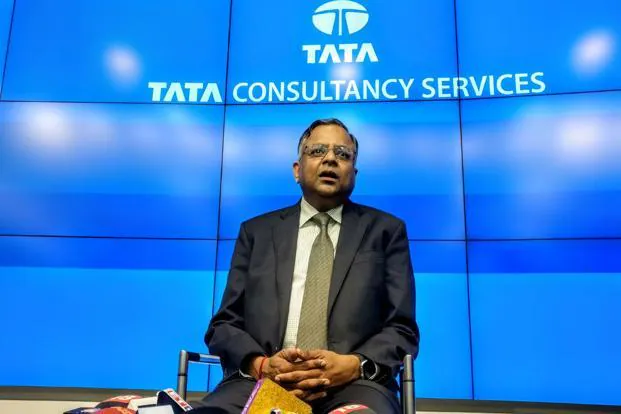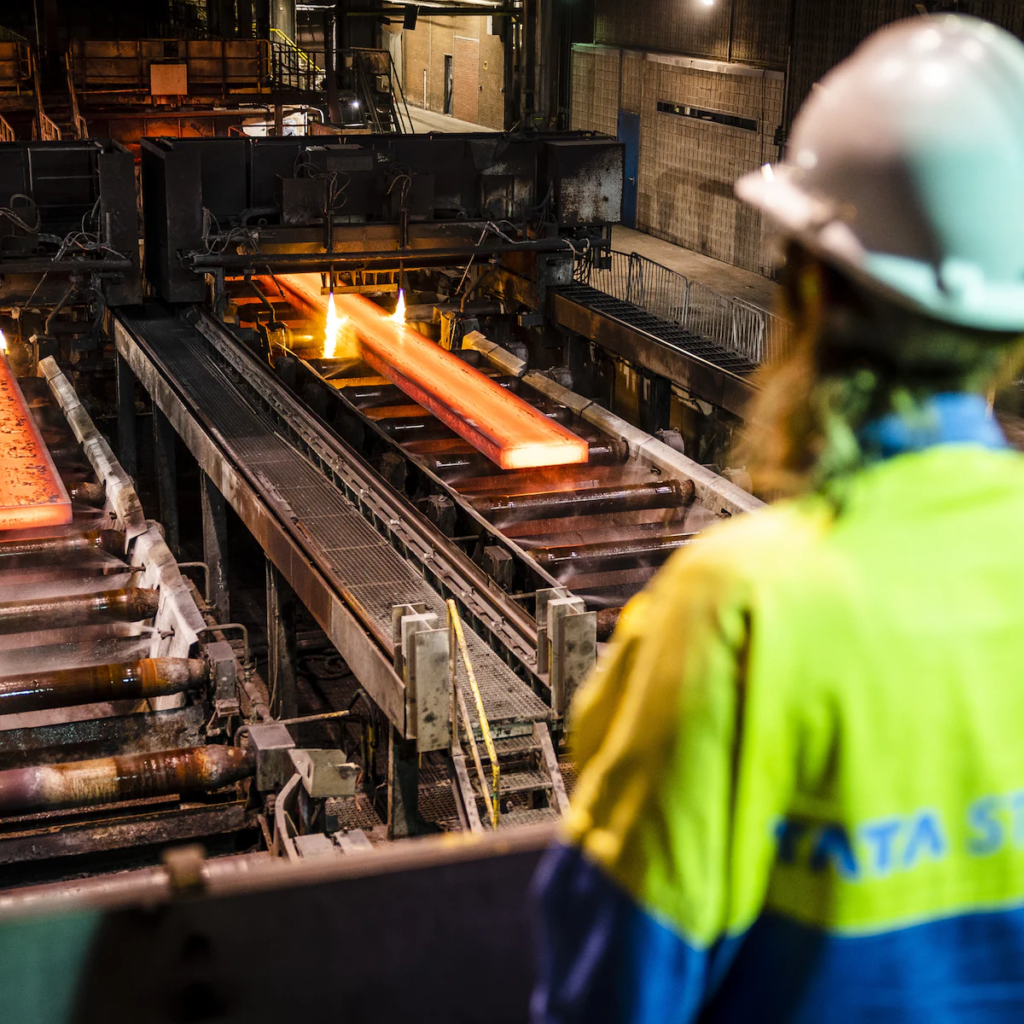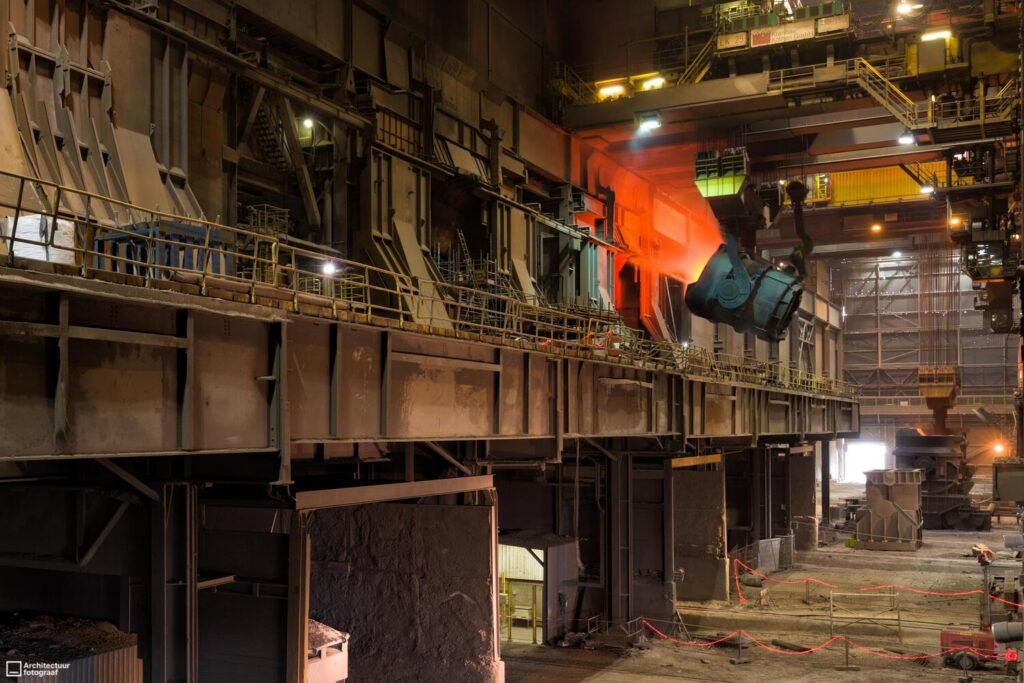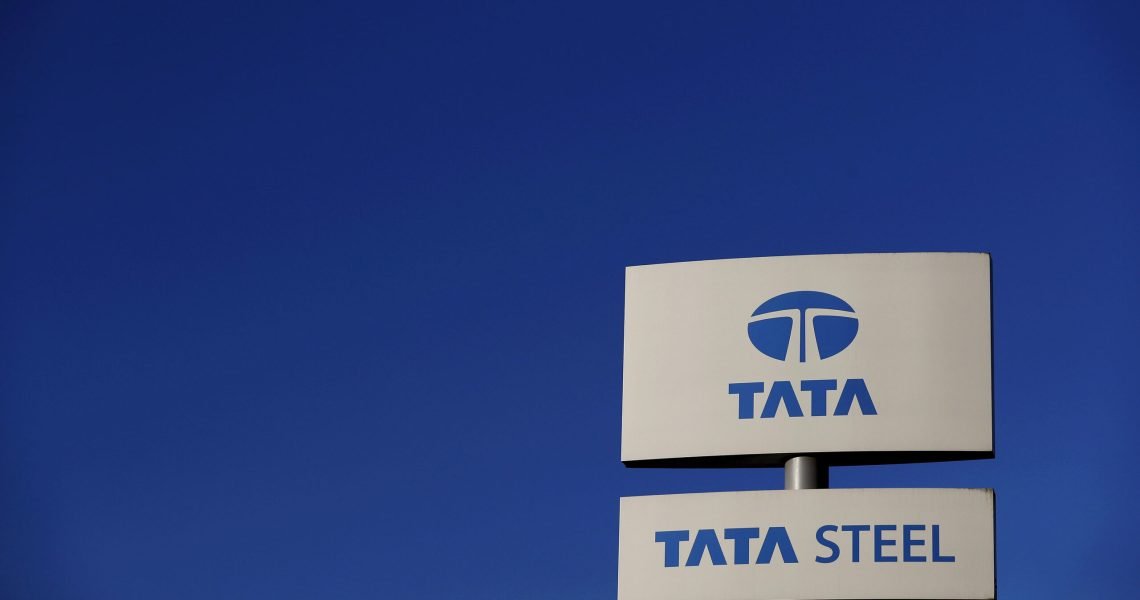Tata Steel to Launch UK Low-Carbon Steel Project in July 2025, Eyes 2027 Start
Tata Steel is set to embark on its ambitious low-carbon steelmaking project in the United Kingdom, with construction expected to begin in July 2025 and operations projected to start by 2027. This development marks a significant step in the company’s long-term commitment to sustainability and carbon reduction.
Transitioning to Low-Emission Steel Production
The project, which involves the construction of a state-of-the-art Electric Arc Furnace (EAF) facility at Port Talbot, has secured all necessary approvals. Tata Steel’s CEO & MD, T.V. Narendran, and Executive Director & CFO, Koushik Chatterjee, confirmed the timeline and project milestones in the company’s latest FY2024-25 Annual Report.
The initiative is part of Tata Steel’s USD 1.5 billion investment in the UK, supported by a £500 million funding commitment from the UK Government. The move to EAF technology will enable Tata Steel to significantly lower its carbon footprint by shifting away from traditional blast furnace methods in favor of processes that utilize locally sourced scrap steel.
Shutting Down Old Operations, Moving to a New Model
Tata Steel has already shut down its steelmaking operations using the ageing blast furnace assets in Port Talbot. During this transition, the company is servicing UK customers through its Indian and Dutch production facilities, as well as other external suppliers.
The company explained that it has exited the end-of-life steelmaking operations in Port Talbot and is now focusing on downstream processing using imported substrates.
Focus on Cost Rationalisation
In addition to decarbonisation, Tata Steel is also implementing an aggressive cost optimisation strategy. The company aims to reduce its fixed costs from £762 million in FY2024-25 to £540 million in the following financial year.
This cost reduction plan includes:
- Optimising substrate costs
- Modernising IT infrastructure
- Streamlining downstream operations
- Eliminating corporate overheads
By focusing on these key areas, Tata Steel expects to enhance its competitiveness while supporting its environmental goals.
A Step Toward Sustainable Steelmaking
The transition to electric arc furnace steel production represents Tata Steel’s commitment to greener, more sustainable manufacturing processes. EAF technology is widely recognized for its ability to significantly lower carbon emissions by recycling scrap steel instead of relying on primary raw materials.
The Port Talbot project is expected to be a landmark development in the UK’s steel industry, reinforcing the push for cleaner industrial practices and aligning with broader global efforts to combat climate change.
Tata Steel Bets Big on India’s Growth, Says Chairman N Chandrasekaran
Tata Steel is doubling down on its India-centric growth strategy, capitalizing on the country’s robust economic trajectory, favourable policy environment, and surging domestic steel demand. In a letter to shareholders, Tata Steel Chairman N Chandrasekaran expressed strong confidence in India’s position as a global growth engine, driven by structural reforms, favourable demographics, low inflation, and targeted fiscal incentives.

India to Lead Global Steel Consumption by 2026
Chandrasekaran highlighted that India remains the fastest-growing major economy, poised to lead global steel consumption by 2026. He noted that a mix of monetary easing, increased capital expenditure, and tax incentives will further stimulate private investment and boost discretionary consumption.
While global steel output in FY2024-25 remained stable at 1.83 billion tonnes, margins across the sector continued to face pressure due to persistent supply chain disruptions, despite a softening in coking coal prices. In contrast, India’s steel industry outperformed global peers. The country’s crude steel output grew by 4.7% year-on-year, and steel consumption surged by 10.2% year-on-year, largely fuelled by expansion in construction, rapid urbanisation, and increased industrial activity.
Record-Breaking Production and Expansion in India
In FY2024-25, Tata Steel operated at near full capacity across its Indian sites, achieving its highest-ever crude steel production of 21.7 million tonnes and record deliveries of 20.9 million tonnes.
One of the company’s key milestones was the commissioning of India’s largest blast furnace (5 MTPA capacity) at Kalinganagar, part of its ambitious ₹27,000 crore Phase II expansion project. Additionally, Neelachal Ispat Nigam Limited (NINL), which Tata Steel acquired, delivered a robust performance with ₹1,000 crore EBITDA and positive free cash flow.
Advancing Low-Emission Steelmaking in Europe
Tata Steel’s global operations are also undergoing major structural changes, especially in Europe, where the company is transitioning to low-carbon steelmaking.
In the United Kingdom, Tata Steel has decommissioned two blast furnaces at Port Talbot to make way for a next-generation electric arc furnace (EAF). Supported by £500 million in UK government funding, construction is scheduled to begin in July 2025, with the company targeting a reduction in fixed costs from £762 million to £540 million in FY2025-26.
In the Netherlands, Tata Steel Nederland is moving forward on its decarbonisation roadmap. The company is finalizing a joint Letter of Intent with the Dutch government to transition to Direct Reduced Iron (DRI) and EAF-based steelmaking, aiming to retire one blast furnace and one coke oven by 2030. A €500 million cost transformation program is already in progress to support this transition.
Focus on Efficiency, Sustainability, and Debt Reduction
Tata Steel’s CEO & MD, T.V. Narendran, and Executive Director & CFO, Koushik Chatterjee, reaffirmed the company’s focus on capital expenditure, operational efficiency, and sustainability as key drivers of future growth.
On the financial front, Tata Steel continued its deleveraging efforts, reducing net debt by ₹6,200 crore in the second half of FY2024-25, bringing the total debt down to ₹82,579 crore. The management emphasized that the company will stay committed to further debt reduction in FY2025-26 through cash flow improvements, cost savings, and operational efficiencies.
Tata Steel to Build £1.5 Billion Electric Arc Furnace in Port Talbot, Backed by UK Government
Tata Steel is moving forward with its green steelmaking ambitions, announcing the construction of a £1.5 billion electric arc furnace (EAF) facility in Port Talbot, Wales. The project, which is scheduled to begin in July 2025, is expected to commence production by 2027 and represents a major step towards sustainable, low-carbon steel production.

Major Government Support for Green Transition
The UK government is supporting the project with £500 million in funding, underscoring its commitment to decarbonising the steel industry. Once operational, the facility is projected to produce 3.2 million tonnes of low-emission steel annually, potentially reducing over 50 million tonnes of CO₂ emissions over the next decade.
“We are now transitioning to decarbonised and state-of-the-art EAF-based steelmaking by FY2027-28, supported by 500 million pounds in UK Government funding,” said Tata Steel CEO & MD T.V. Narendran and Executive Director & CFO Koushik Chatterjee in the company’s annual report.
End of an Era for Traditional Blast Furnaces
Tata Steel has already decommissioned two ageing blast furnaces at Port Talbot. The company has shifted to a downstream-focused model, now using imported steel substrates from India, the Netherlands, and other external sources to serve its UK customers.
“We have exited from steelmaking through the end-of-life heavy end assets in Port Talbot and moved to a downstream model using imported substrates,” said a senior company official.
Aggressive Cost Rationalisation Ahead
Tata Steel is also targeting significant cost reductions, aiming to cut fixed costs from £762 million in FY2024-25 to £540 million in the following year. These savings will come from optimising input costs, streamlining downstream operations, and upgrading IT infrastructure.
Strong Green Commitment
Tata Steel Chairman N Chandrasekaran reaffirmed the company’s commitment to its green transition:
“The decommissioning of two blast furnaces at Port Talbot has cleared the way for the next-generation Electric Arc Furnace (EAF) project, supported by the UK government.”
The new EAF facility will primarily use locally available scrap metal, a key strategy to reduce carbon emissions and support the UK’s circular economy goals.
Ambitious Cost Rationalisation Plan
Alongside its green initiatives, Tata Steel is pursuing aggressive cost-cutting strategies, targeting a reduction in fixed costs from £762 million in FY2024-25 to £540 million in FY2025-26. This will be achieved by:
- Optimising input costs
- Streamlining downstream operations
- Modernising IT infrastructure
- Eliminating corporate overheads
These improvements will strengthen Tata Steel’s financial position while supporting its sustainability goals.
Advancing Low-Carbon Steelmaking in Europe
Beyond the UK, Tata Steel is also accelerating its decarbonisation roadmap in the Netherlands. Tata Steel Nederland is finalising a joint Letter of Intent with the Dutch government to transition to Direct Reduced Iron (DRI) and EAF-based steelmaking, with plans to retire a blast furnace and coke oven by 2030. A €500 million cost transformation program is already underway to support this green shift.

India Remains Core to Tata Steel’s Growth
While Tata Steel’s European operations are undergoing significant change, the company is doubling down on India as its core growth market. Chairman N Chandrasekaran reaffirmed Tata Steel’s confidence in India’s rapid economic growth, favourable policies, and surging steel demand.
India’s steel consumption is expected to lead globally by 2026, driven by infrastructure expansion, urbanisation, and private investment. Tata Steel reported record-breaking crude steel production of 21.7 million tonnes and deliveries of 20.9 million tonnes in FY2024-25.
The commissioning of India’s largest blast furnace (5 MTPA capacity) at Kalinganagar was a key milestone in the company’s ₹27,000 crore Phase II expansion. Tata Steel’s acquisition, Neelachal Ispat Nigam Limited (NINL), also delivered a strong financial performance, contributing to positive free cash flow and ₹1,000 crore EBITDA.
Financial Prudence and Debt Reduction
Tata Steel remains focused on strengthening its balance sheet. The company reduced net debt by ₹6,200 crore in the second half of FY2024-25, lowering total debt to ₹82,579 crore. Management remains committed to further deleveraging in FY2025-26 through cost savings, operational efficiencies, and improved cash flow.
Tata Steel’s Green Future
The Port Talbot EAF project stands as a pivotal investment in the UK’s low-carbon future, where Tata Steel aims to lead sustainable steelmaking through locally sourced scrap metal, aligning with global efforts to combat climate change.
This transition to electric arc furnace technology reflects a broader movement within the steel industry towards more energy-efficient and environmentally friendly processes.
About LUX METAL
For businesses seeking customised metal fabrication and precision steel solutions, LUX METAL offers a comprehensive range of services to meet your project requirements. Specialising in laser cutting, CNC bending, welding, and metal sheet fabrication, LUX METAL delivers high-quality craftsmanship across various industries.
Learn more about our tailored metal services at www.luxmetalgroup.com.

